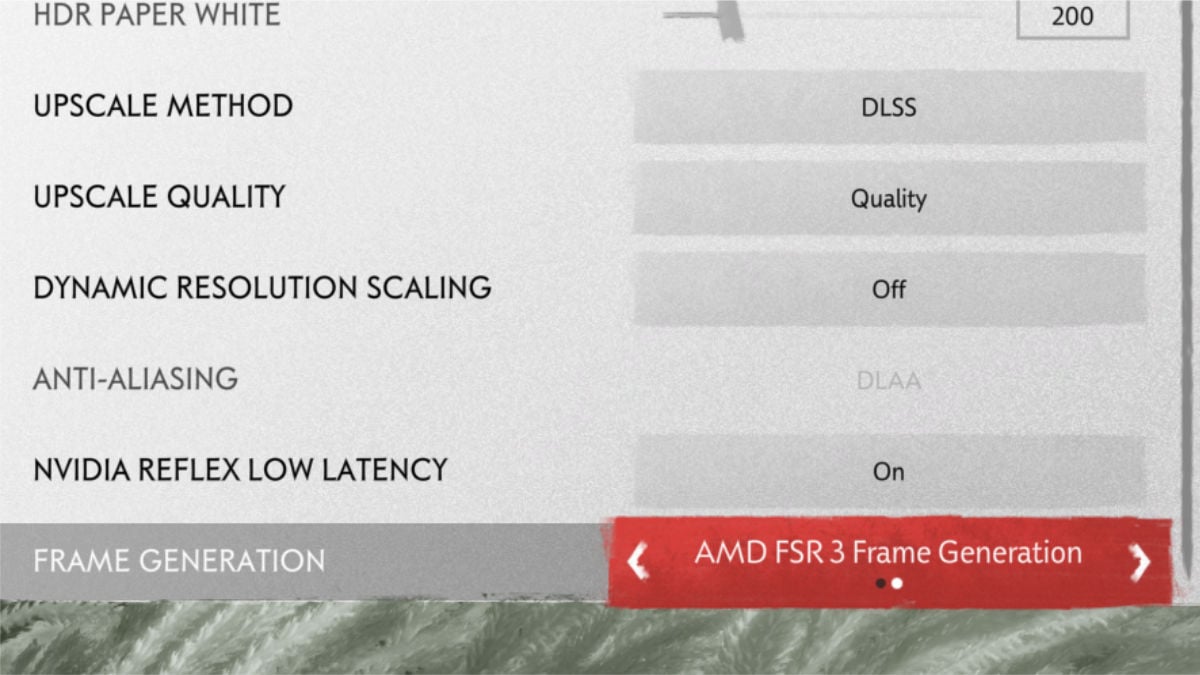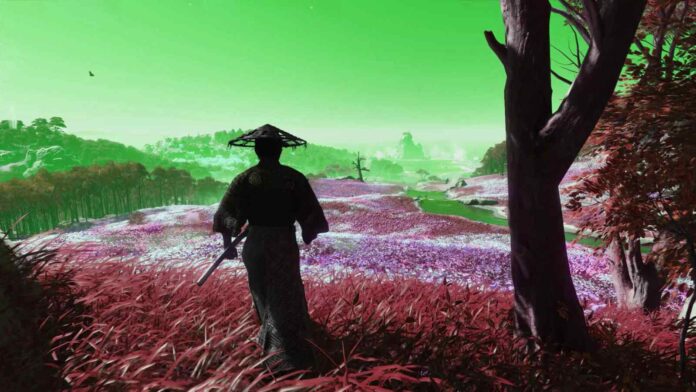Ghost of Tsushima Director’s Cut has finally come to Steam after a lengthy wait. Looking past Sony’s recent controversial PlayStation Network (PSN) shenanigans, the PC port is a landmark game that does something we’ve never seen before. For the first time ever, you can mix Nvidia DLSS upscaling with AMD FSR 3 Frame Generation. In fact, you can even throw Intel XeSS into the mix with Team Red’s solution. It’s a veritable pick-and-mix.
It might seem like an odd pair, but it has its merits. While Nvidia locks DLSS 3 Frame Generation to its latest GeForce RTX 4000 Series graphics cards, AMD’s solution is far less picky. You can pop it on RTX 3000 series cards, like the RTX 3080 I’m running here, and still use the largely superior DLSS 2 upscaler with it. As far as Frame Generation technology is concerned, there’s less of a performance gap between the two brands. Both Nvidia and AMD push a similar quality, so it’s a win-win.
In my testing, combining Nvidia DLSS 2 with AMD FSR nets around a 50% increase in performance. This is backed by folks on X (Twitter), who see 170fps in 4K at max settings using an RTX 3090. Of course, your mileage may vary depending on which model you run.

If you’re not familiar with which tech is which, it’s pretty simple when you cut through the branding. At their most basic, Nvidia DLSS (Deep Learning Super Sampling), AMD FSR (FidelityFX Super Resolution), and Intel XeSS (Xe Super Sampling) are all upscalers, meaning they render a lower resolution image that’s less taxing on your hardware before recreating it using algorithms to the higher resolution you want. A couple of generational improvements mean you get a lot more frames, and clarity is sometimes even better than native if you’re lucky.
Frame Generation, on the other hand, uses a different technique. Similar algorithms slot an artificial frame in between two upscaled frames, a bit like a sandwich. The result is more frames without the performance overhead on your PC.
This is the first time we’ve seen AMD FSR 3.1 in action since the company decoupled Frame Generation in March. Unofficially, however, FSR and DLSS have long worked together thanks to mods. Hopefully, more games will follow, taking cues from how well Nixxes Software has ported Sucker Punch Productions’ original masterpiece.


